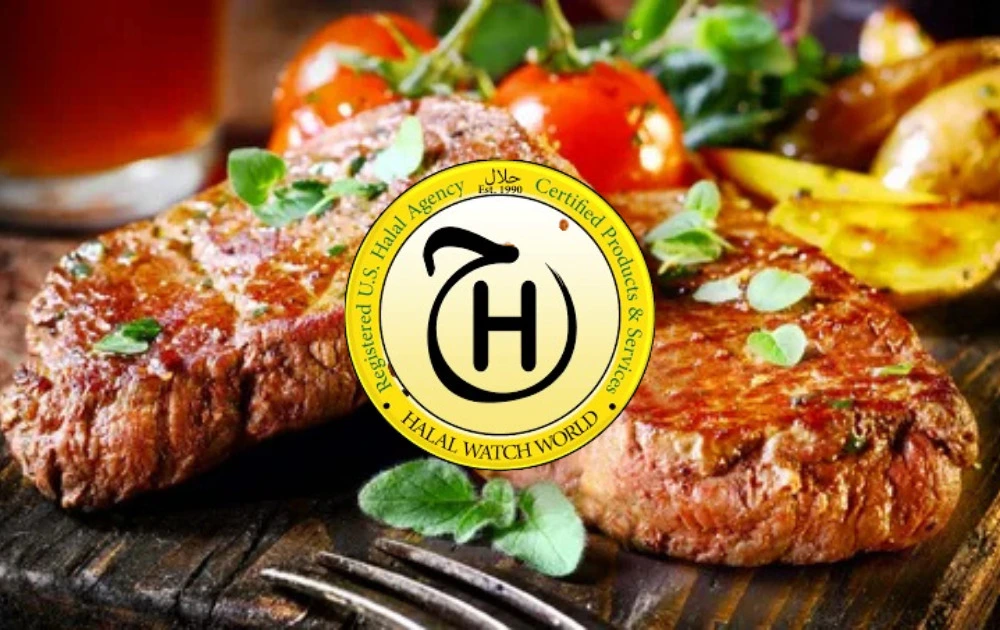As global trade expands, halal meat certification stands out as a critical factor for producers aiming to access diverse markets. In 2025, this certification process ensures compliance with Islamic dietary laws, covering everything from slaughter methods to supply chain integrity. With the worldwide Muslim population surpassing 2 billion, demand for verified halal products continues to surge, driving economic opportunities across continents. This post draws on recent data to outline key developments, helping businesses position themselves effectively.
Market Growth Driving Demand for Halal Meat Certification
The halal food sector reflects robust expansion, with halal meat certification playing a pivotal role in meat segments. According to projections, the global halal food market reaches USD 3.30 trillion in 2025, up from previous years, and is set to climb to USD 9.45 trillion by 2034. Within this, the halal meat market specifically hits USD 361.1 billion in 2025, following a steady increase from USD 326.1 billion in 2024. These figures highlight how certification acts as a gateway for exporters, particularly in regions like North America and the Middle East.
In the U.S., the halal food market alone is valued at USD 290.80 billion in 2025, growing at a 5.2% CAGR to reach USD 458.93 billion by 2034. This growth stems from a rising Muslim demographic, coupled with interest from non-Muslim consumers seeking ethical sourcing. For meat producers, obtaining halal meat certification not only meets religious standards but also boosts appeal in ethical markets, where transparency on animal welfare and processing is paramount.
Export volumes further underscore this momentum. Worldwide halal meat shipments in May 2025 totaled 4,744, maintaining steady year-on-year levels. Countries like Malaysia anticipate halal exports reaching RM65 billion by year’s end, emphasizing meat as a core category. Such statistics reveal how halal meat certification underpins international trade, enabling suppliers to penetrate high-value destinations without barriers.
Key Trends Shaping Halal Meat Certification in 2025
Several trends are reshaping halal meet certification practices this year. First, regulatory refinements are enhancing standards globally. Authorities are tightening oversight to prevent cross-contamination and ensure audit trails, fostering trust among buyers. This shift benefits exporters by aligning certifications with international benchmarks, reducing discrepancies that once hindered trade.
Digital traceability emerges as another dominant force. Blockchain and IoT integrations allow real-time monitoring from farm to fork, a requirement increasingly embedded in halal meat certification protocols. Producers adopting these tools report faster approval times and fewer rejections, critical in time-sensitive export scenarios.
Harmonization of standards across borders is gaining traction too. Efforts to unify halal guidelines between bodies like those in Indonesia and the EU streamline processes, making halal meat certification more accessible for multinational operations. In Muslim-minority countries, this trend accelerates adoption, with North America’s halal food market projected to hit USD 226 billion by 2033 at a 9.47% CAGR from 2025 onward.
Moreover, integration with broader quality systems like ISO is on the rise. This convergence elevates halal meat certification beyond compliance, positioning certified meat as a premium product. Startups in the U.S. are particularly embracing this, driven by market expansion and credibility gains. As a result, non-traditional players enter the space, diversifying supply chains.
The Role of Halal Certification Services for Meat Export
For businesses focused on overseas sales, halal certification services for meat export provide essential support. These specialized offerings handle audits, documentation, and ongoing compliance, tailored to destination-specific rules. In 2025, with global halal meat demand projected to exceed USD 720 billion and grow to USD 1.6 trillion by 2033, exporters rely on such services to navigate complexities.
Streamlined services incorporate digital platforms for submission, cutting processing times by up to 30%. This efficiency is vital amid rising volumes; for instance, the Middle East halal food market is forecasted to reach USD 1.88 trillion by 2033 at a 9.38% CAGR. Providers assist in labeling, halal logos, and supply chain mapping, ensuring products meet importer expectations without delays.
Choosing a Reliable Halal Certification Agency
Selecting the right Halal Certification Agency can make or break export success. In 2025, agencies emphasize independence and expertise, conducting thorough site inspections and lab tests. Look for those accredited by global bodies, as this guarantees recognition in key markets like the GCC, where halal meat consumption drives regional growth.
Top agencies offer end-to-end guidance, from initial assessments to recertification. Their role extends to training staff on protocols, minimizing errors that could void certifications. With the halal ingredients market valued at USD 3.4 billion in 2025, agencies also cover additives, broadening their scope.
Benefits of Partnering with a Halal Certification Company
Engaging a trusted halal certification company unlocks multiple advantages. These firms deliver customized audits, ensuring alignment with evolving standards like those for pharmaceuticals and cosmetics, which indirectly support meat integrity. Cost savings arise from proactive compliance, avoiding fines or lost shipments.
In practice, companies certified through reputable providers see sales uplift of 20-30% in halal-focused regions. The global halal foods market, estimated at USD 2.7 trillion in 2025, underscores this potential, with meat leading subsectors. Such partnerships also enhance brand reputation, attracting ethical investors.
Steps to Obtain Halal Meat Certification
Pursuing halal meat certification involves a structured approach. Start with a gap analysis to identify compliance needs. Next, implement required changes, such as dedicated slaughter lines and hygiene protocols.
Submit applications to accredited bodies, followed by on-site audits. Upon approval, maintain records for annual reviews. This process, while rigorous, yields long-term gains, especially as the halal food market grows at 9% CAGR to USD 6.49 trillion by 2034.
Challenges and Solutions in 2025
Despite progress, challenges persist in halal meat certification. Supply chain vulnerabilities, like sourcing non-halal additives, pose risks. Solutions include supplier vetting and tech audits.
Counterfeit certifications erode trust; combating this requires blockchain verification. In export hubs, regulatory variances demand adaptive strategies, where expert consultants prove invaluable.
Read more exciting blogs on healthandwellnessart.com

